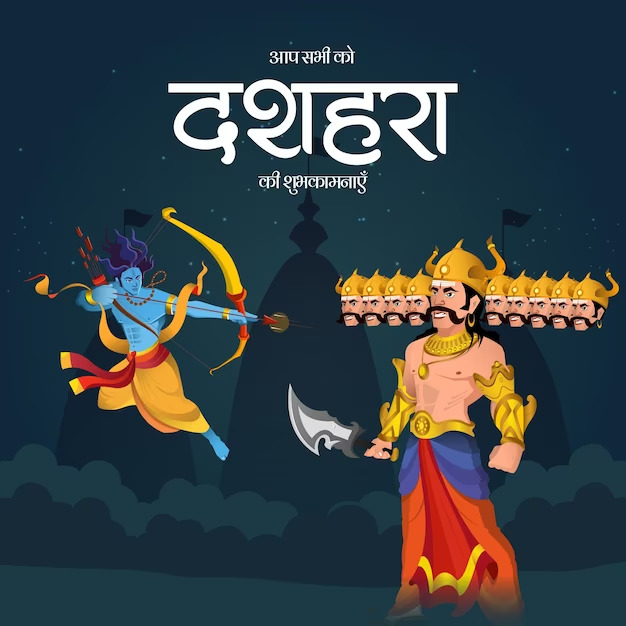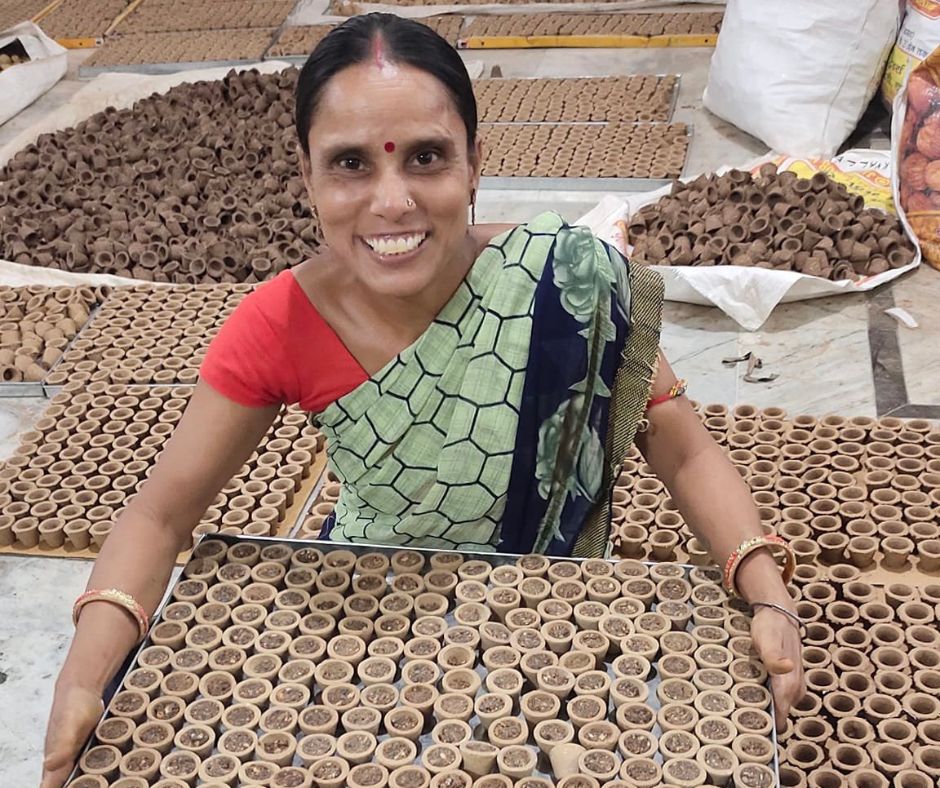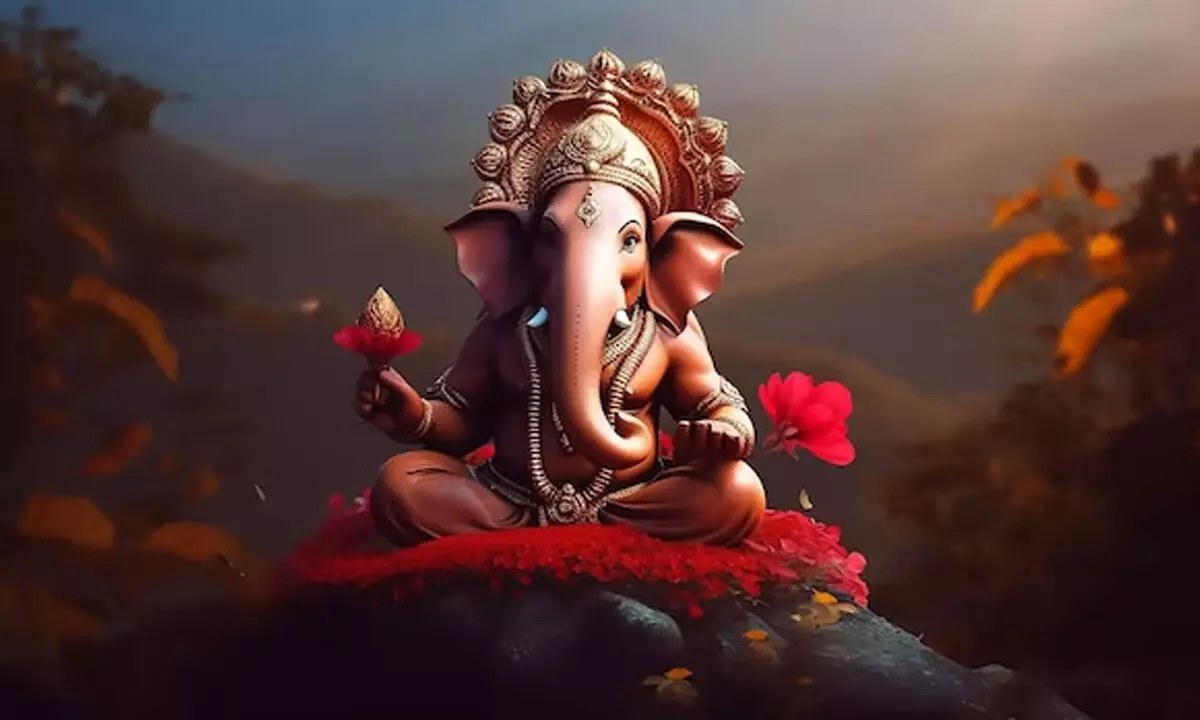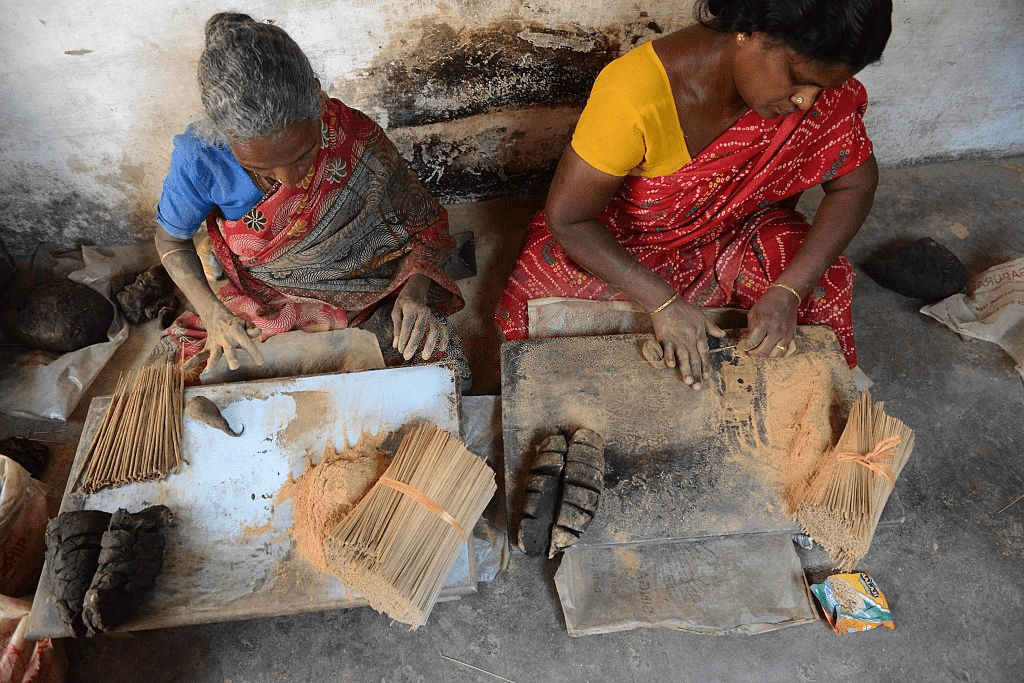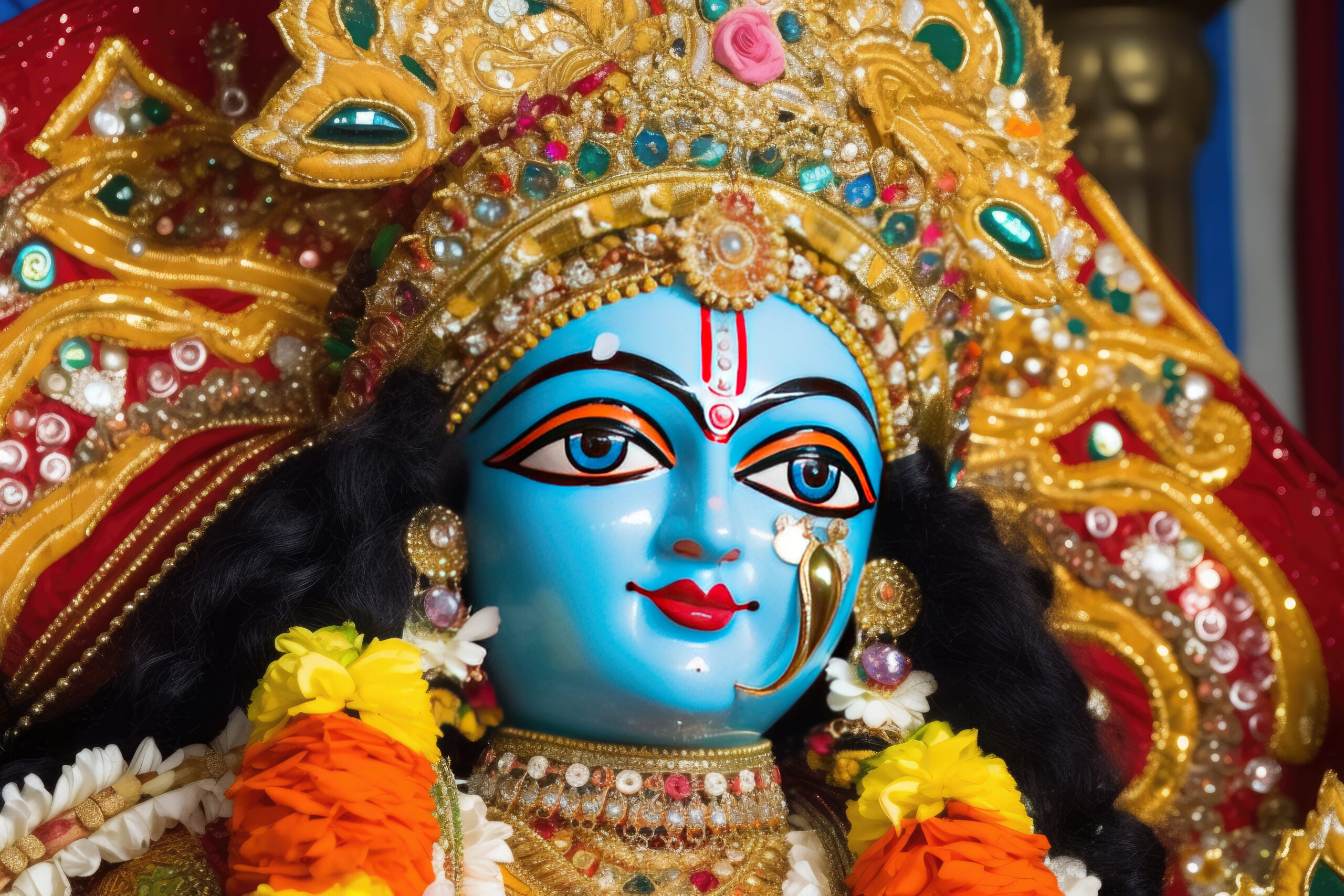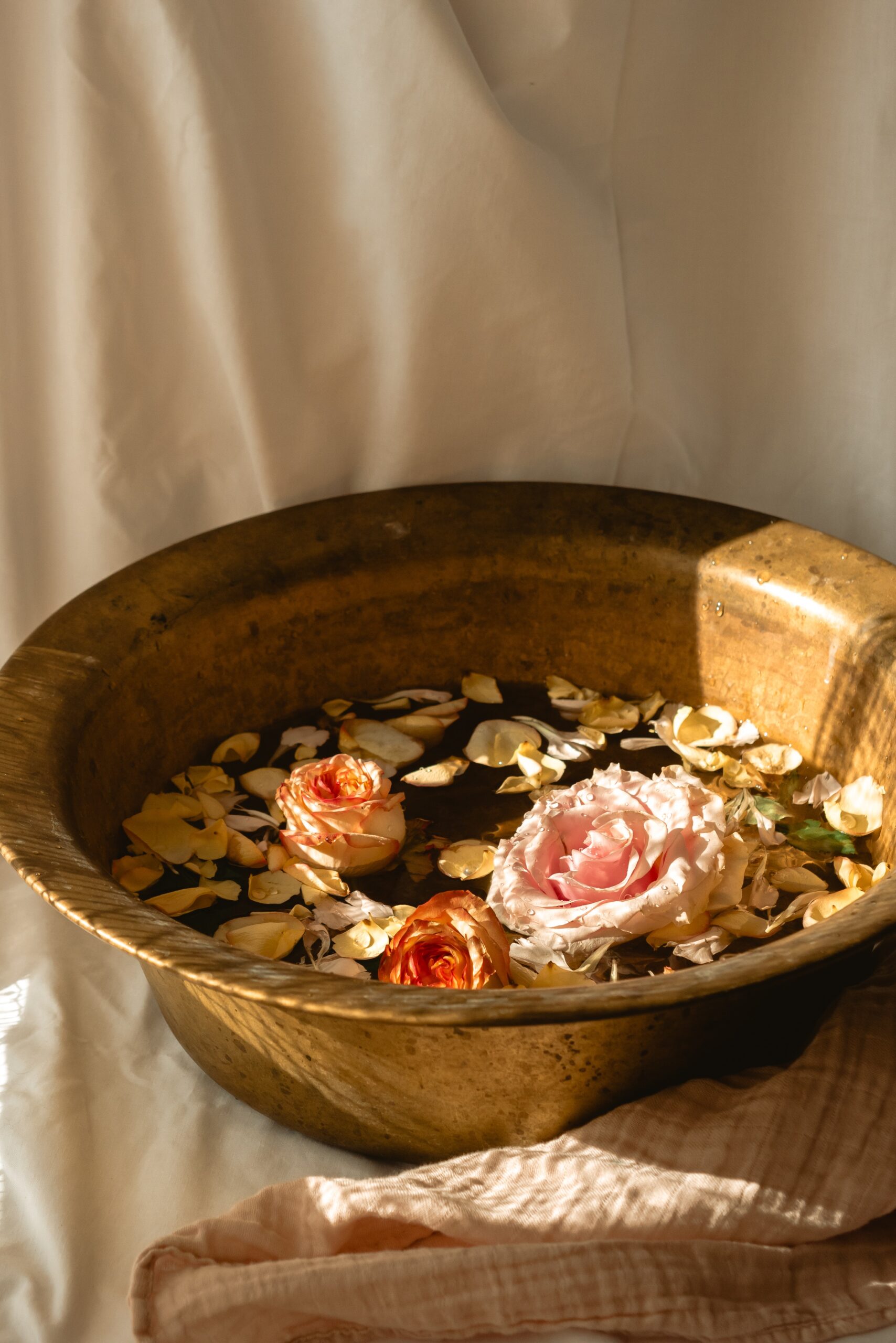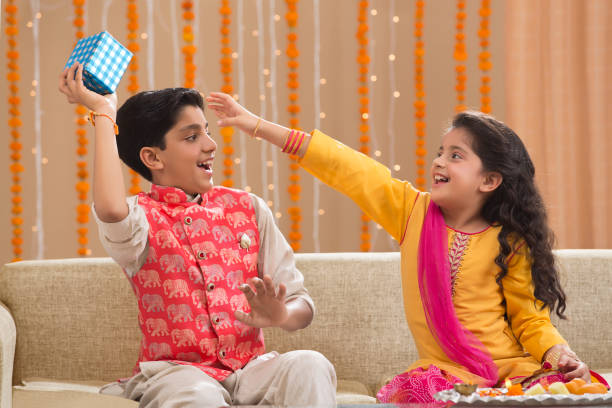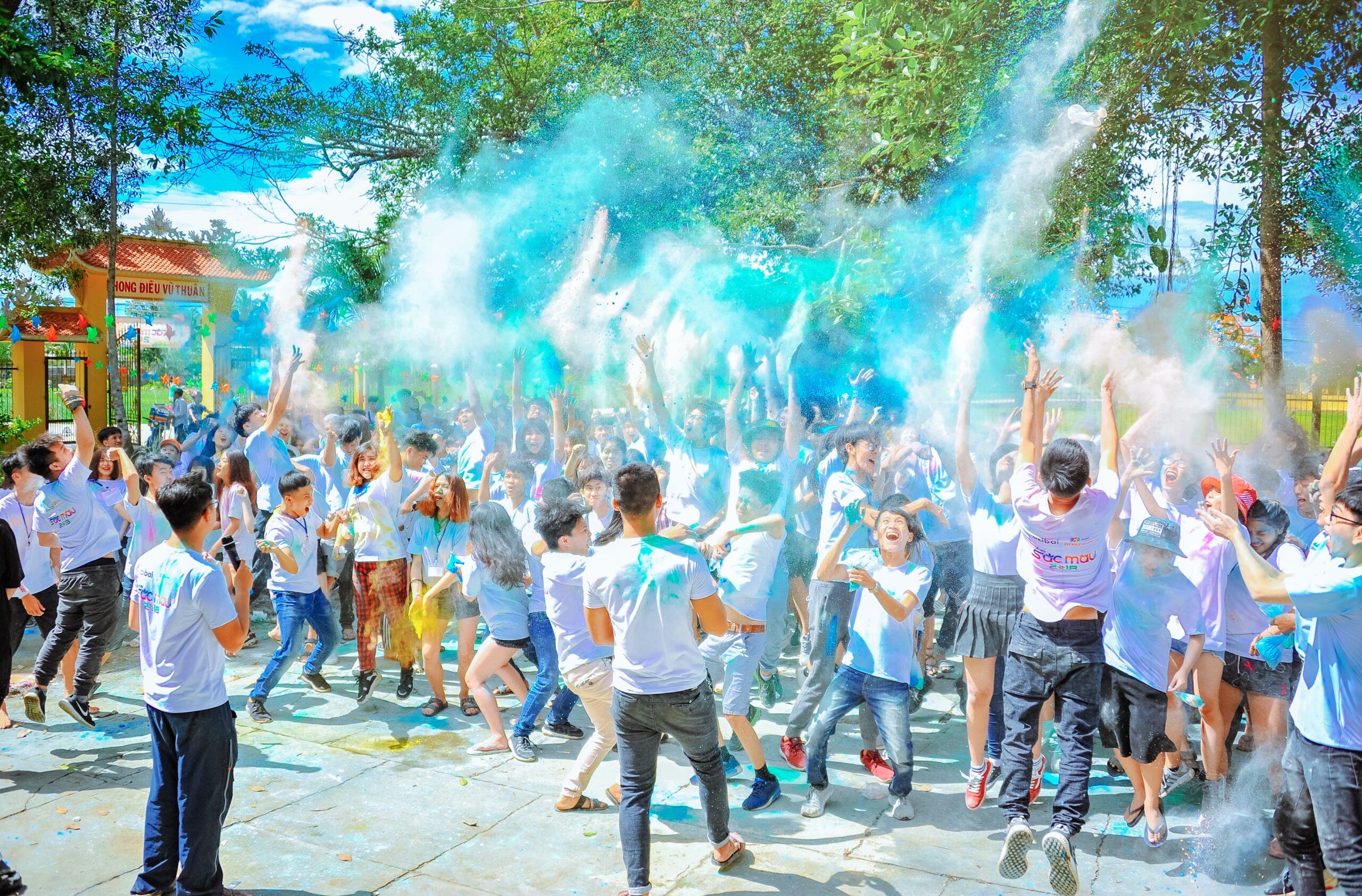
The festival of colors is usually celebrated in late February or early March, on the full moon day in the Hindu month of Phalguna.
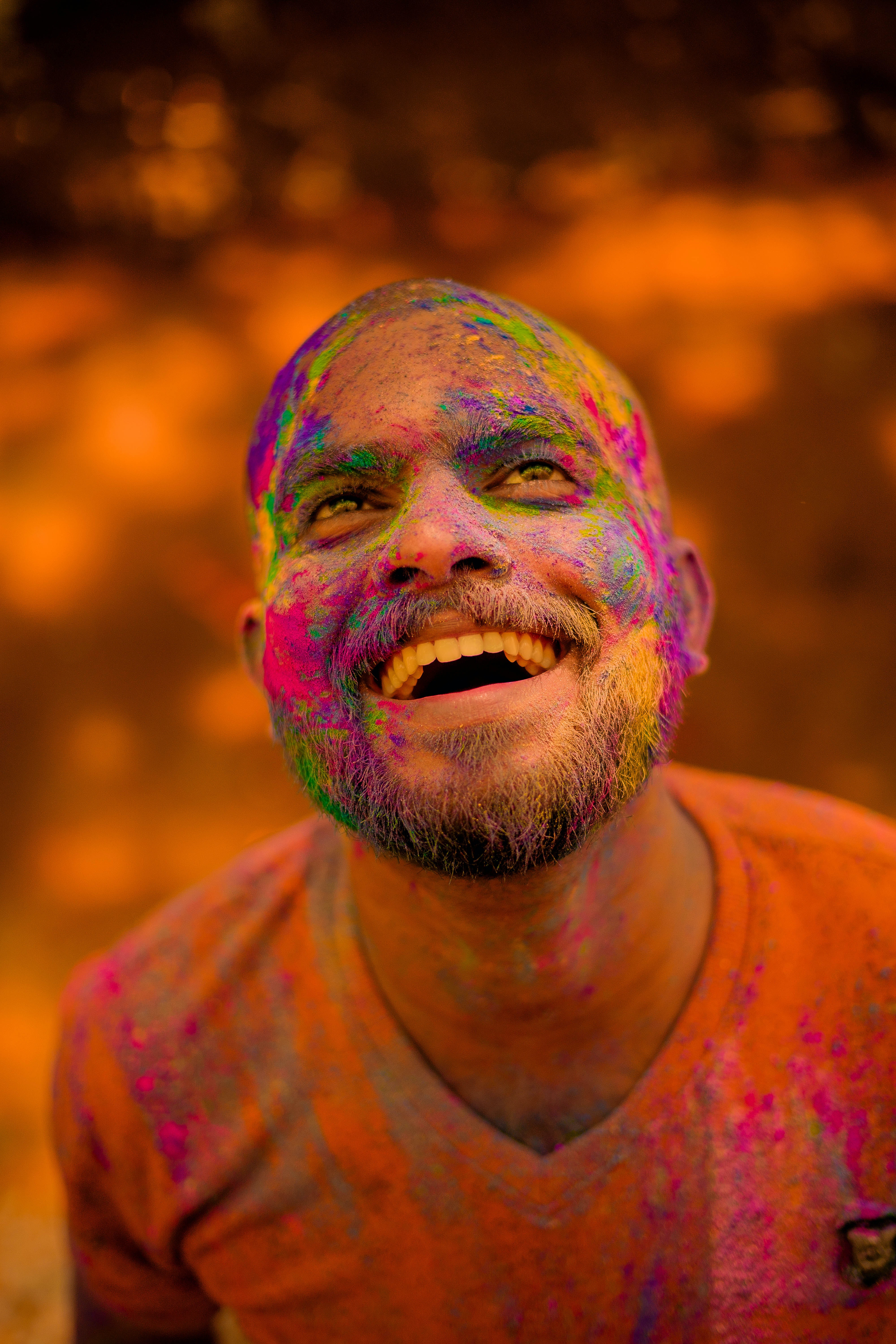
The origins of Holi are rooted in Hindu mythology, with different legends and stories associated with the festival in different parts of India. One popular story is that of the demon king Hiranyakashipu, who tried to kill his son Prahlada for worshipping Lord Vishnu. However, Prahlada was protected by Lord Vishnu and the demon king was eventually killed by the Lord in the form of a half-man, half-lion creature named Narasimha. This story symbolizes the victory of good over evil and the triumph of devotion over tyranny.
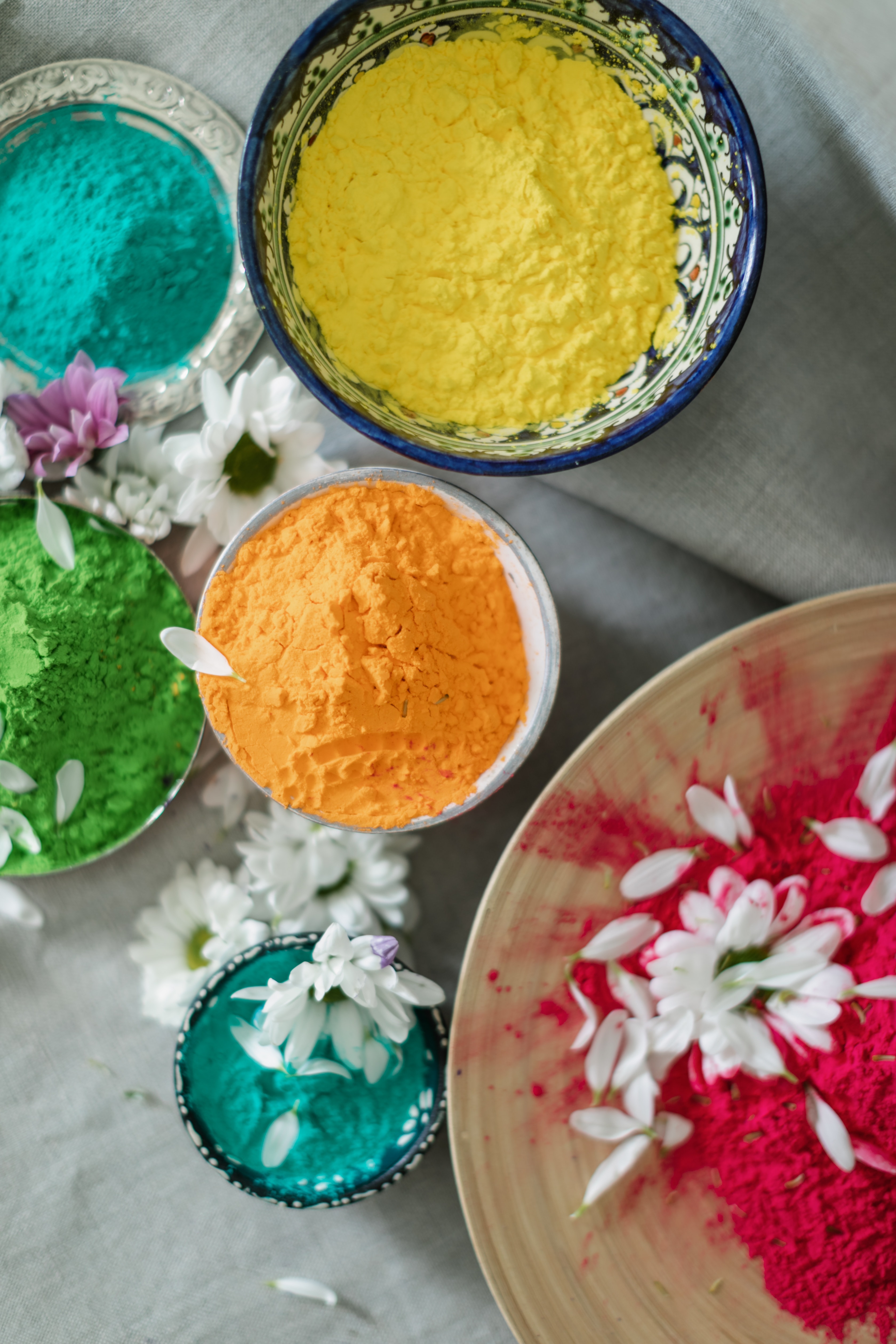
As for making Holi colors from flowers, there are several traditional methods that are still used in some parts of India. One way to make natural colors is by using flowers such as marigolds, roses, and hibiscus. The flowers are dried and then ground into a fine powder. This powder is then mixed with water to create a paste or added to flour or cornstarch to make dry colors.
Another method involves using natural ingredients such as turmeric, indigo, and beetroot to create yellow, blue, and red colors respectively. The ingredients are boiled in water to extract the color and then mixed with cornstarch or flour to create dry colors.

It’s important to note that while natural colors are a safer and more eco-friendly option than synthetic colors, they can still cause skin irritation or allergic reactions in some people. So, it’s always a good idea to test the colors on a small patch of skin before using them. Additionally, one should also be mindful of the environmental impact of using large amounts of flowers or natural ingredients for the festival


